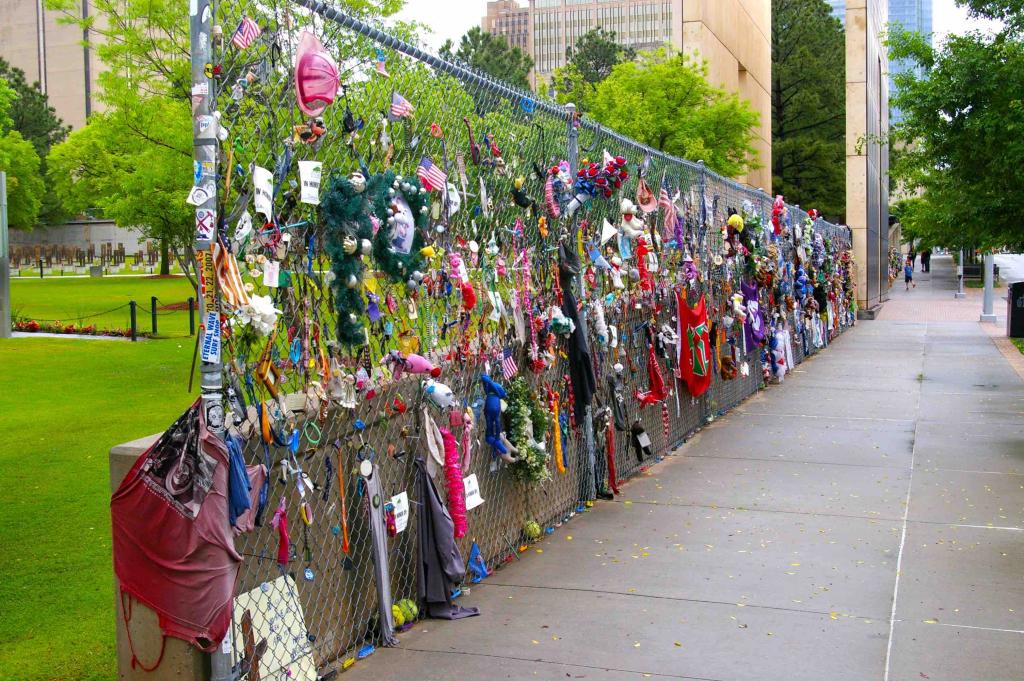My present work concerns the topic of Lived Religion, which will be the subject of my next few posts. To simplify, this is the study of religion as it is actually practiced by ordinary people, rather than as is laid down by organized institutions, faiths or churches, and that kind of approach has attracted a huge amount of scholarly concern over the past couple of decades. By observing lived practice, as opposed to prescribed institutional forms, the approach offers rich dividends in enhancing our understanding of historically underprivileged groups, especially women.
Many of the practices involved would not normally be listed as “religious,” or at least not by every observer. Imagine for example that you are trying to write a history of religion in the modern United States. I quote an excellent review by Ancient historian Peter Thonemann in a recent Wall Street Journal. Yes, says Thonemann, you could count all the institutions and their formal rituals, all the formal adherents of the various churches:
Or, instead, you could choose to start from the rich, chaotic mishmash of practices and rituals that make up most people’s day-to-day religious experiences. My religious life might include formal daily prayer; but it might also include reading newspaper horoscopes, yoga, charitable giving, putting flowers on relatives’ graves, erecting a fir-tree totem pole in my living room in mid-December, knocking on wood, dressing as a witch for Halloween, or making a wish while blowing out candles on my birthday cake. My own reasons for attending synagogue might be profoundly meaningful to me—loyalty to my wife, dealing with personal grief, an instruction in a dream—while bearing no relation whatsoever to the ritual’s official “meaning.”
As Robert Orsi notes, “attention to religious messiness” is an essential feature of the study of lived religion.
But once you get into this Lived Religion approach on a wider comparative scale, you notice that people around the world, in totally separated cultures, tend to do very similar things, whether or not these have any formal linkage to institutional religion. Some motifs are so widespread that they seem to arise naturally and intuitively, and prolifically. Those commonalities would include ideas about sacred space and charismatic individuals; about the proper ways of showing respect to holy things; about ideas of pilgrimage; about the quest for spiritual healing; about using portable objects to enhance benefits and protect against evils; about the power of fasting and regulating foods; and about various forms of divination. Those elements appear naturally, whether or not they are absorbed in some larger agglomeration of beliefs, and still less of formal credal statements.
I offer one historical example that I encountered when writing my 2014 book The Great and Holy War, about religious dimensions of the First World War. Germans and Austrians in this era were very Christian, whether Protestant or Catholic, and they lived in what was probably the world’s most advanced scientific society. But around 1915, there began an enormous fashion for iron nail statues, Nagelfiguren. In medieval Austrian custom, travelers beginning a journey would hammer a nail into a statue to seek good fortune. This practice now revived on a near-industrial scale, with an upsurge of warlike figures depicting medieval knights, shields, or Teutonic warriors, and ordinary people showed their support for the war effort by driving nails. Beginning in Vienna these spread to Germany, where they appeared in the thousands, with figures of crosses, eagles, and heroic individuals. The fashion culminated in September 1915 with Berlin’s forty-foot-high wooden statue of Field Marshal von Hindenburg. Seeing a potential money spinner, the authorities allowed individuals to hammer nails into Hindenburg for a healthy fee, much as an American town sells donors the right to have their names inscribed on bricks on a sidewalk at a new library or public building. A hundred marks bought a gold nail, five marks for silver, one for iron. The Hindenburg statue alone reputedly earned millions of marks. Historian Gerhard Schneider writes of Germany’s wartime “nail epidemic.”
But the element of civic (or national) pride gave way to a startling outbreak of what looked like deep superstition. Religious believers around the world are well acquainted with the ancient practice of using a symbolic object such as a cloth or amulet to touch a holy figure, in order to access some of its power. In a Christian context, the nailing obviously suggested a kind of symbolic crucifixion, with Hindenburg as Christ figure. This statue in particular also aroused concern for its magical connotations, as families participated less to fund the war effort than to purchase protection for their men in the army, much as they might have done at an ancient pagan shrine. A woman with four sons hammered four nails and prayed for their safety. Germany’s French enemies mocked what they described as a massive pagan revival in a modern land. Was not the Hindenburg figure a gigantic idol?
But such practices and themes are by no means extinct. We think how people in many different societies spontaneously commemorate the places where notable tragedies have occurred, whether sensational acts such as school shootings or terrorist attacks, or more personal disasters such as traffic deaths. Whatever their cultural background, religious identification, or degree of belief in an afterlife or a spiritual dimension, survivors around the world tend to create very similar “shrines” where they leave mementos and gifts, and light candles. In recent American history, we think for instance at the very substantial spontaneous memorials that sprang up at the site of the Oklahoma City bombing in 1995, or in Lower Manhattan following the fall of the World Trade Center. The Vietnam War memorial in Washington DC is a well-studied center of such ritualized veneration.
Look at the crash site of United Flight 93 in Shanksville, Pennsylvania, from the September 11 terrorist attacks. Today, we see a lovely formal memorial, but in the years immediately following the disaster, a very large and deeply moving popular shrine emerged on a remote field site, and it remained in place for a full decade. Journalist John Luciew describes “the hodgepodge, but heartfelt spontaneity of the people’s memorial. … The raw, ugly impact crater still smoldered when the first Shanksville residents and Flight 93 family members began bringing flowers, ribbons and flags. Later, Americans from all over — and people from around the world — came carrying angels, military hats, first-responder patches and hand-scrawled messages of thanks, respect, and awe.” People left cherished possessions: teddy bears, Mickey Mouse figures, football jerseys, Christmas tree angels, flight attendant uniforms – not to mention bricks taken from a shattered Taliban stronghold in Afghanistan. And yes, people really did make pilgrimages to the shrine, many on multiple occasions, and commonly to bring new offerings. Two million visited in that first decade.
You really could choose no better illustration of the human religious impulse, the tendency to consecrate uniquely special places, to form a material link to the higher powers. Whatever your cultural background, when you realize that “the Lord is in this place,” you commemorate that fact in remarkably similar ways. Even, I would suggest, when you don’t necessarily believe in a Lord.
At the very opposite end of the spectrum in terms of gravity, designers of public spaces despair of ever including bodies of water that ordinary people will not use to throw coins for good luck. But if the example seems trivial, the underlying world view is not that different.
Although he meant his remark as a dreadful condemnation, John Calvin was exactly correct to say that human beings have a natural and inevitable tendency to construct “idols.” We are also very good at making shrines, and at building places where we at least act as if we can communicate with the dead; and we leave offerings for them. Such behavior is a major feature of lived religion, and for people of all traditions. Just compare those spontaneous shrines in American streets and fields with the formal buildings of Sufi Islam, or of Buddhist nations.
So what is happening here? Are we really looking at natural forms of religiosity, of what we might call default faith? Does it have a grounding in biology, in the human brain, in our evolutionary past? If so, what does that imply for the formal and institutional religions, including Christianity? That broad theme will the subject of my next few posts.
We might even ask what is the opposite of Lived Religion? Unlived Religion? Dead Religion? Institutional Religion? More plausibly, perhaps, Abstract Theoretical Religion?














